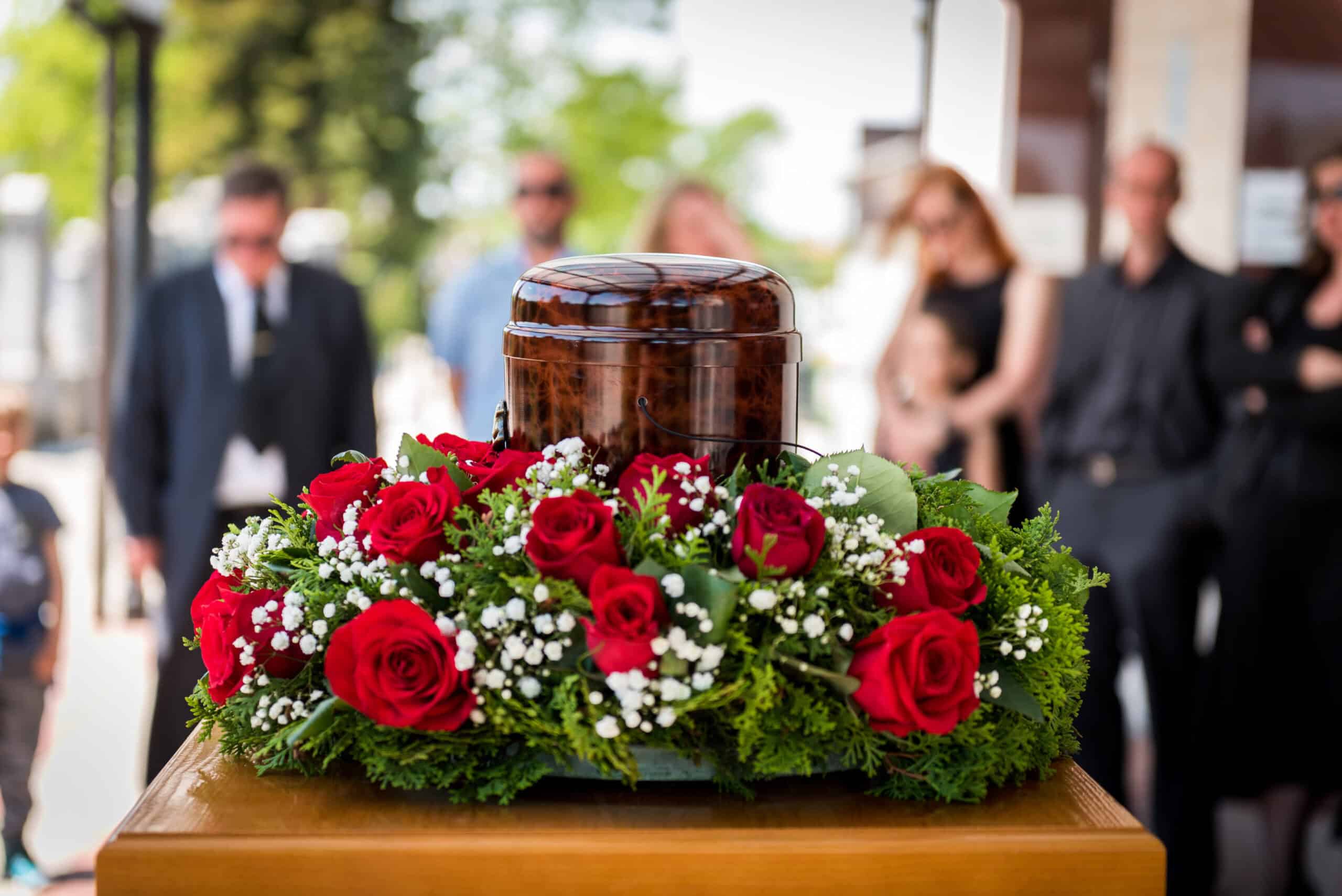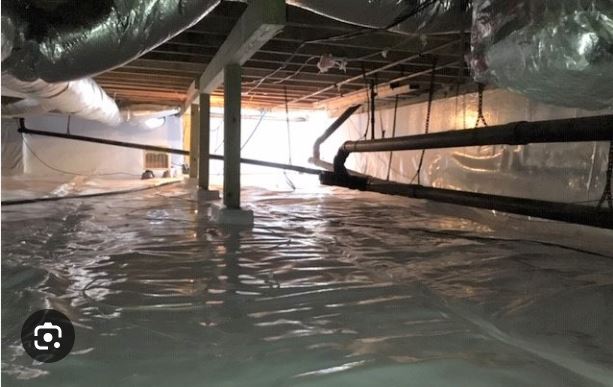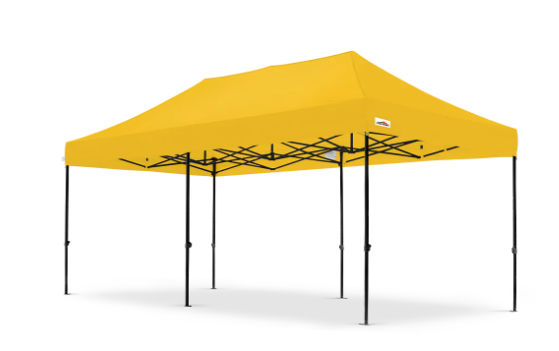
Cremation services are becoming the preferred choice for many families. They are cost-effective, flexible, and environmentally friendly. Understanding cremation service costs helps you make informed decisions.
According to the National Funeral Directors Association (NFDA), cremation surpassed burial rates in the U.S. in 2016. By 2035, the cremation rate is projected to reach nearly 80%.
Cremation services are cost-effective. The average cost of cremation and services is 6,280. Traditional burials often cost $ 7,000 or more.
In this article, we will discuss what cremation services are, their costs, and how to find affordable cremation services.
What is a Cremation Service?
Cremation services involve reducing a body to ashes using high heat. The ashes are returned to the family in an urn or container. This process is simpler and often cheaper than traditional burials.
There are three main types of cremation services. Direct cremation skips any ceremony and is the most affordable. Memorial cremation includes a service after the cremation. Full-service cremation combines a traditional funeral with cremation.
Cremation services differ from traditional funerals. They are more flexible and cost-effective. Families can choose how and when to honor their loved ones.
Direct cremation is the simplest and most affordable option. It eliminates embalming and casket costs. This makes it a popular choice for budget-conscious families.
There are three main types of cremation services. Direct cremation skips any ceremony and is the most affordable. Memorial cremation includes a service after the cremation. Full-service cremation combines a traditional funeral with cremation.
Cremation services differ from traditional funerals. They are more flexible and cost-effective. Families can choose how and when to honor their loved ones.
Cremation Service Costs: What to Expect
Cremation service costs depend on the type of service and location. Direct cremation is the cheapest option. It typically costs between 600 and 3,000. Cremation with a memorial service costs more. The average price ranges from 2,000to 5,000. Full-service cremation is the most expensive. It can cost between $4,000 and $10,000 due to additional services like viewings and embalming.
Cremation with a memorial service costs more. The average price ranges from 2,000 to 5,000. Location affects costs significantly. Urban areas often have higher prices than rural areas. Additional services like urns or memorials also add to the cost.
Location and provider pricing influence costs. Families should compare packages and reviews to ensure affordability and quality service.
Comparing providers is the most important thing to do while finding affordable cremation services in USA. Look for transparent pricing and read reviews. Ask about package deals to save money.
Affordable Cremation Services: How to Save Money
Affordable cremation services are possible with careful planning. Direct cremation is the most budget-friendly option. It avoids unnecessary expenses like embalming and caskets.
Comparing cremation service packages helps you save. Look for providers offering simple, all-inclusive pricing. Avoid add-ons that increase costs without adding value.
Prepaid cremation plans lock in current prices and lower rates. They reduce financial stress on families. Some providers offer payment plans or financial assistance for those in need.
How to Find the Right Cremation Provider?
Choosing the right cremation provider is crucial. Start by evaluating their reputation and credentials. Read online reviews and ask for recommendations from friends or family.
Ask questions about their services and pricing. Inquire about what is included in their packages. Ensure they are transparent about additional fees.
Reading reviews and checking credentials is essential. Look for providers with positive feedback and proper licensing. This ensures you receive quality and reliable service.
Environmental Benefits of Cremation
Here are some benefits of cremation services:
Resource Usage
Cremation generally uses fewer resources than traditional burials. It does not require a burial plot, which reduces land use. It also eliminates the need for a casket, cutting down on material waste. Traditional burials often involve concrete vaults, metal caskets, and embalming chemicals, all of which have a significant environmental footprint.
Environmental Impact
While cremation is often seen as environmentally friendly, it does have an impact. Traditional flame-based cremation releases carbon dioxide and other emissions. A single cremation can emit up to 534.6 pounds of carbon dioxide. This contributes to greenhouse gas emissions and climate change.
Green Cremation Options
To address these concerns, some providers offer green cremation methods. One such method is alkaline hydrolysis, also known as water cremation. This process uses water and alkaline chemicals instead of fire. It reduces carbon emissions by up to 90% compared to traditional cremation. Green cremation options are gaining popularity as more families seek eco-friendly alternatives.
Cultural and Religious Perspectives
Supportive Religions
Some religions fully embrace cremation. For example, Hinduism and Buddhism view cremation as a way to liberate the soul. In Hinduism, cremation is seen as a sacred ritual that helps the soul transition to the next life. Similarly, Buddhism often favors cremation as a practical and spiritual choice.
Opposing Religions
Other religions traditionally oppose cremation. Islam and Orthodox Judaism prefer burial, considering cremation a desecration of the body. In Islam, burial is seen as a way to honor the deceased and prepare them for the afterlife. Orthodox Judaism also emphasizes the importance of burial as a sign of respect.
Cultural Considerations
Cultural and religious beliefs play a significant role in the decision to choose cremation. Families should consider these beliefs when planning end-of-life arrangements. Discussing options with family members and religious leaders can help ensure that the chosen method aligns with the deceased’s values and traditions.
Trends in Cremation Popularity
Cremation has seen significant growth in popularity over the past few decades. In the United States, the cremation rate was just 25% in 1999. By 2020, it had risen to over 56%. This shift reflects changing attitudes toward death and memorialization.
The cremation rate is expected to continue rising. By 2040, it is projected to reach 78%. Some estimates suggest it could surpass 80% by 2045. This trend is driven by several factors, including cost savings, environmental concerns, and the desire for simpler, more flexible arrangements.
Conclusion
Cremation offers a cost-effective, flexible, and environmentally friendly alternative to traditional burials. Understanding its benefits and impact helps families make informed decisions.
While cremation has environmental drawbacks, green options like alkaline hydrolysis are reducing its footprint. Cultural and religious beliefs also play a key role in the decision-making process.
The growing popularity of cremation reflects changing attitudes toward death and memorialization. By 2040, cremation is expected to become the preferred choice for the majority of families.
Whether you choose cremation for its affordability, environmental benefits, or flexibility, it’s important to plan ahead. Compare providers, explore green options, and consider the wishes of your loved ones. Cremation can provide a dignified and meaningful way to honor a life well-lived.
Write and Win: Participate in Creative writing Contest & International Essay Contest and win fabulous prizes.


